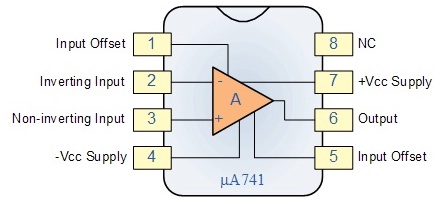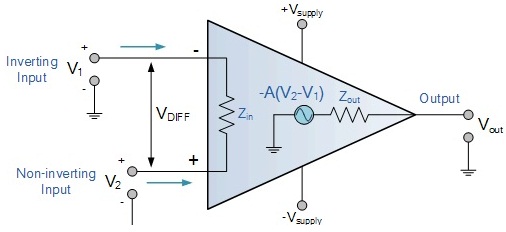To design and study a Schmitt Trigger using Op-amp 741.
Introduction
In electronics, a Schmitt trigger is a circuit with positive feedback and a loop gain greater than 1. The circuit is named a "trigger" because the output retains its value until the input changes sufficiently to trigger a change. In the non-inverting configuration, when the input is higher than a certain chosen threshold, the output is high. When the input is below a different (lower) chosen threshold, the output is low, and when the input is between the two levels, the output retains its value. This dual threshold action is called hysteresis and implies that the Schmitt trigger possesses memory and can act as a bi-stable circuit (latch or flip-flop). There is a close relation between the two kinds of circuits: a Schmitt trigger can be converted into a latch and a latch can be converted into a Schmitt trigger.
Schmitt trigger devices are typically used in signal conditioning applications to remove noise from signals used in digital circuits, and closed loop negative feedback configurations to implement bi-stable regulators, triangle/square wave generators, etc.
An operational Amplifier, often called an op-amp, is a DC-coupled high-gain electronic voltage amplifier with differential inputs ad usually a single output. Typically the output of the op-amp is controlled either by negative feedback, which largely determines the magnitude of its output Voltage gain, or by positive feedback, which facilitates regenerative gain and oscillation. High input impedance at the input terminals and low output impedance are important typical characteristics.









